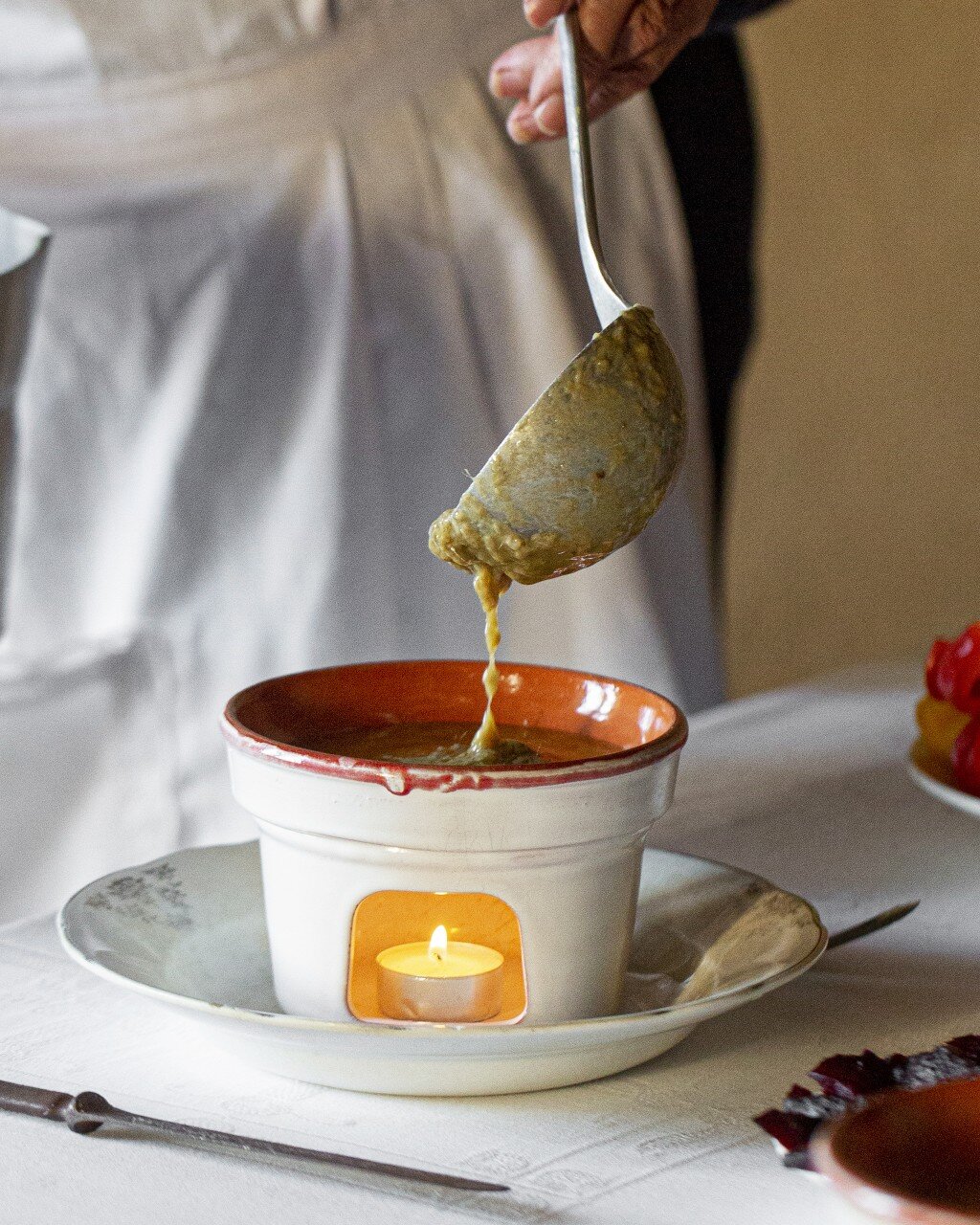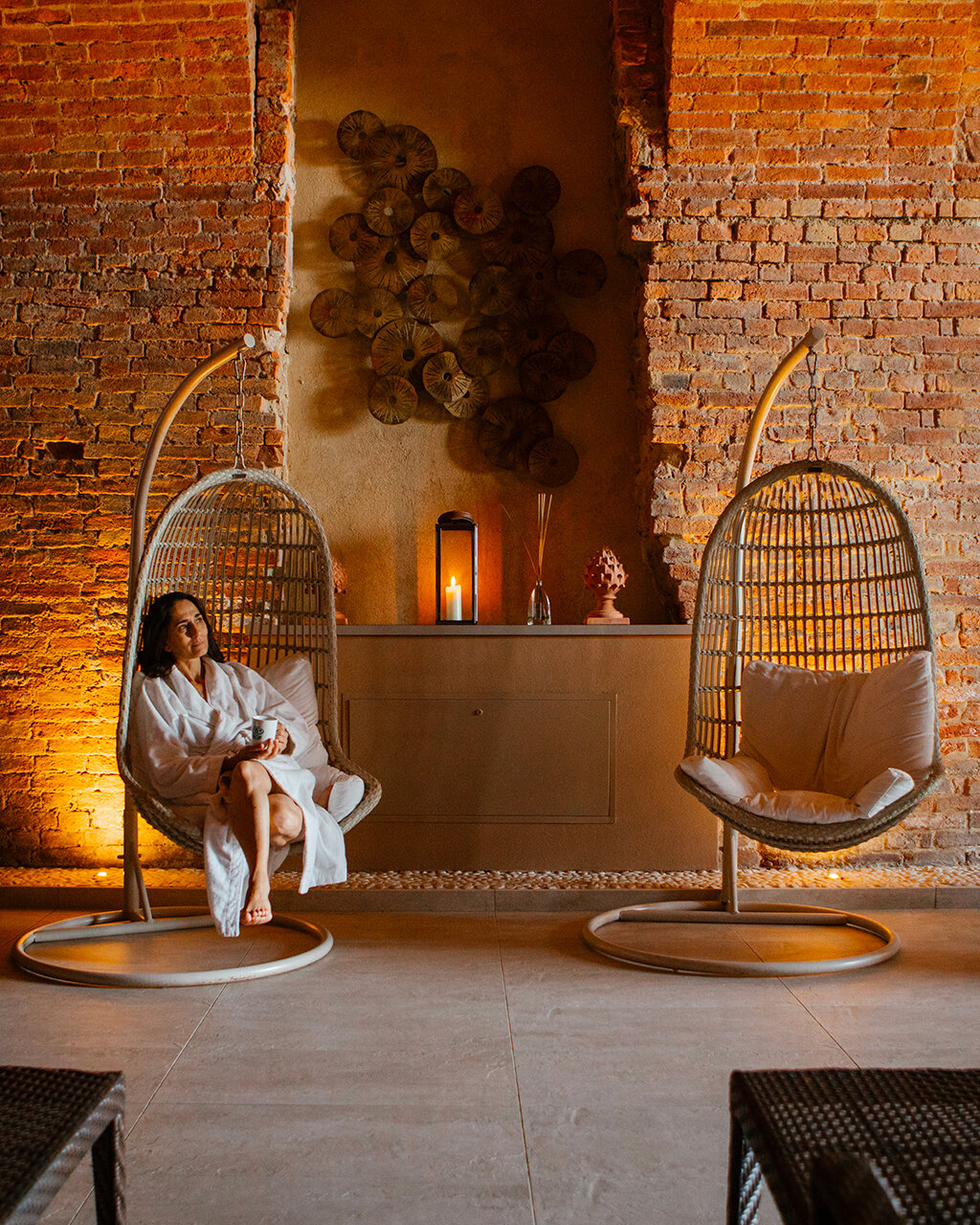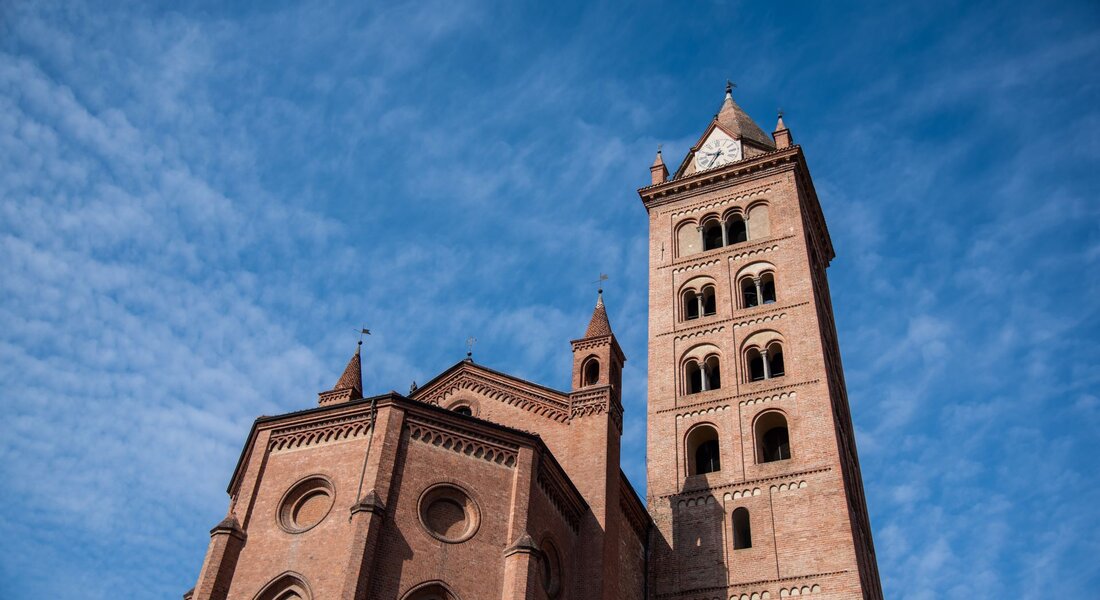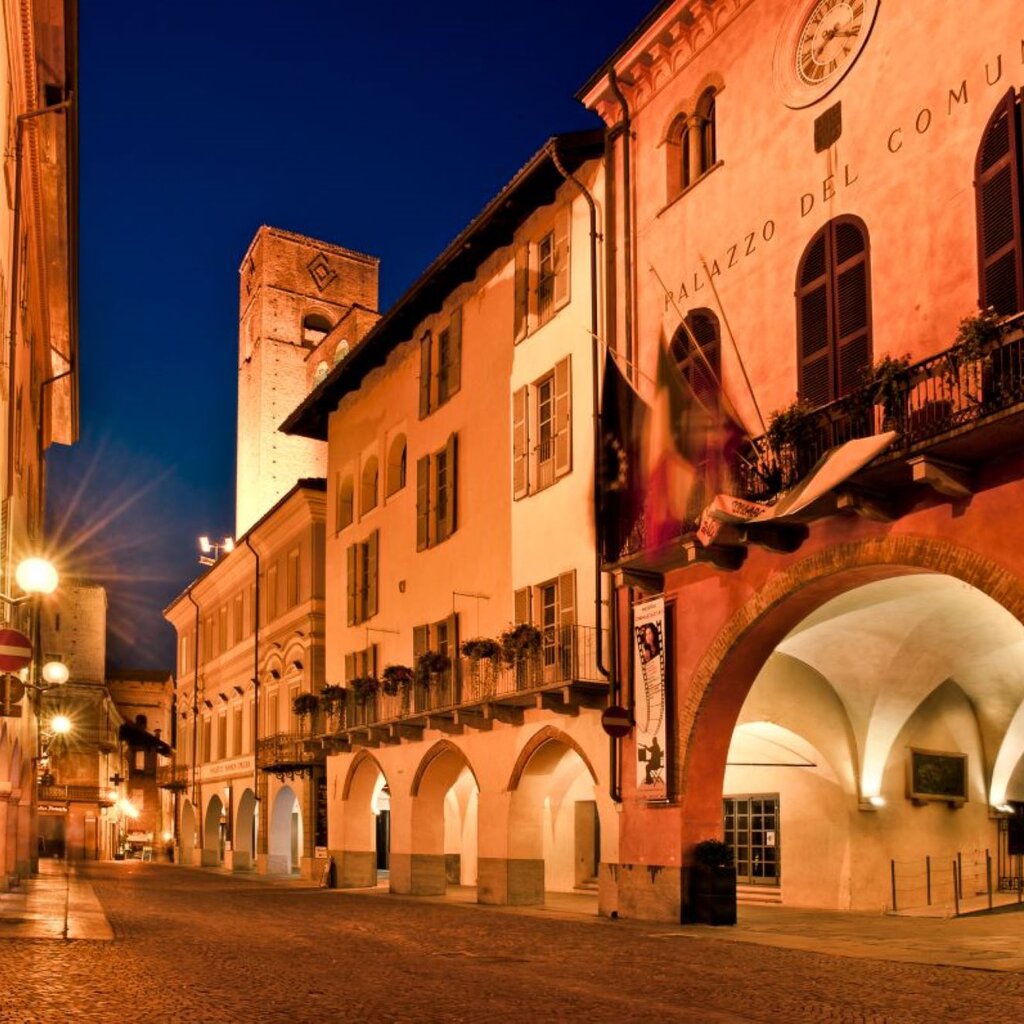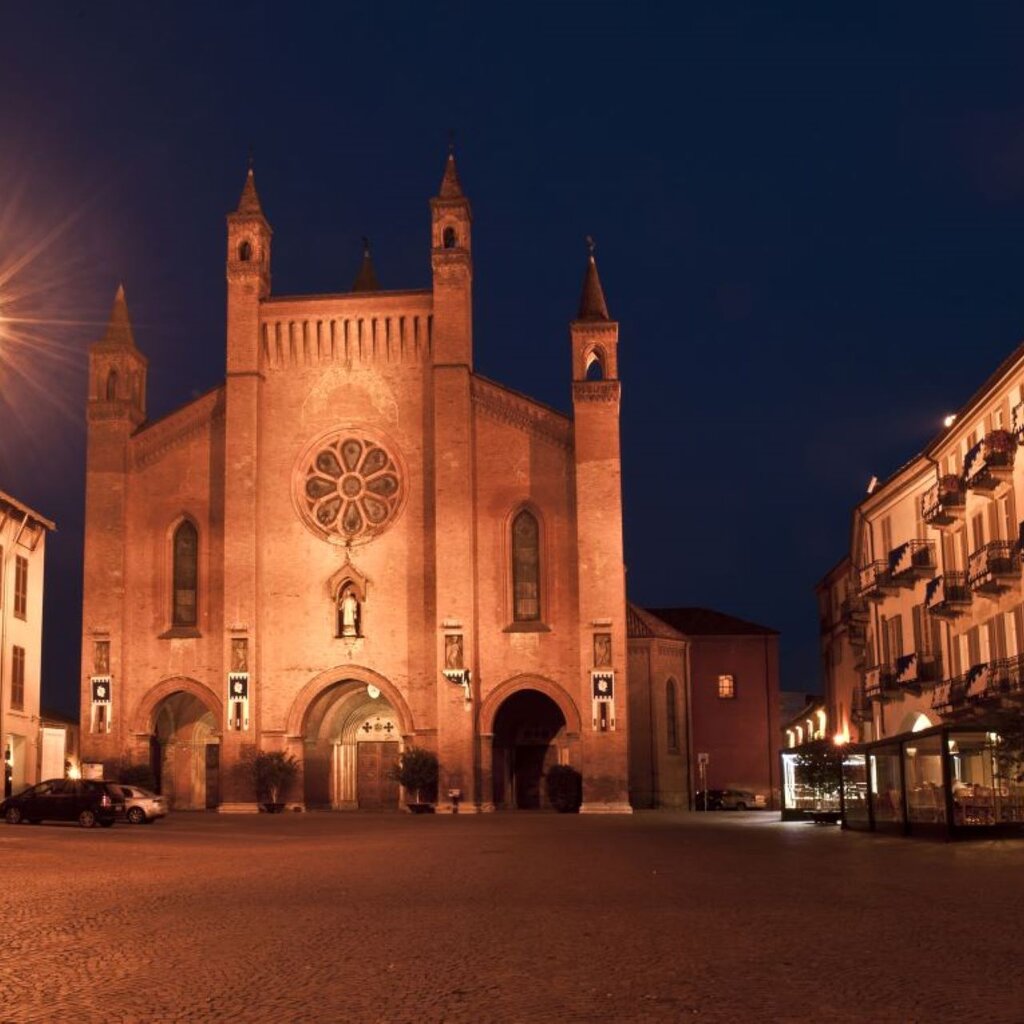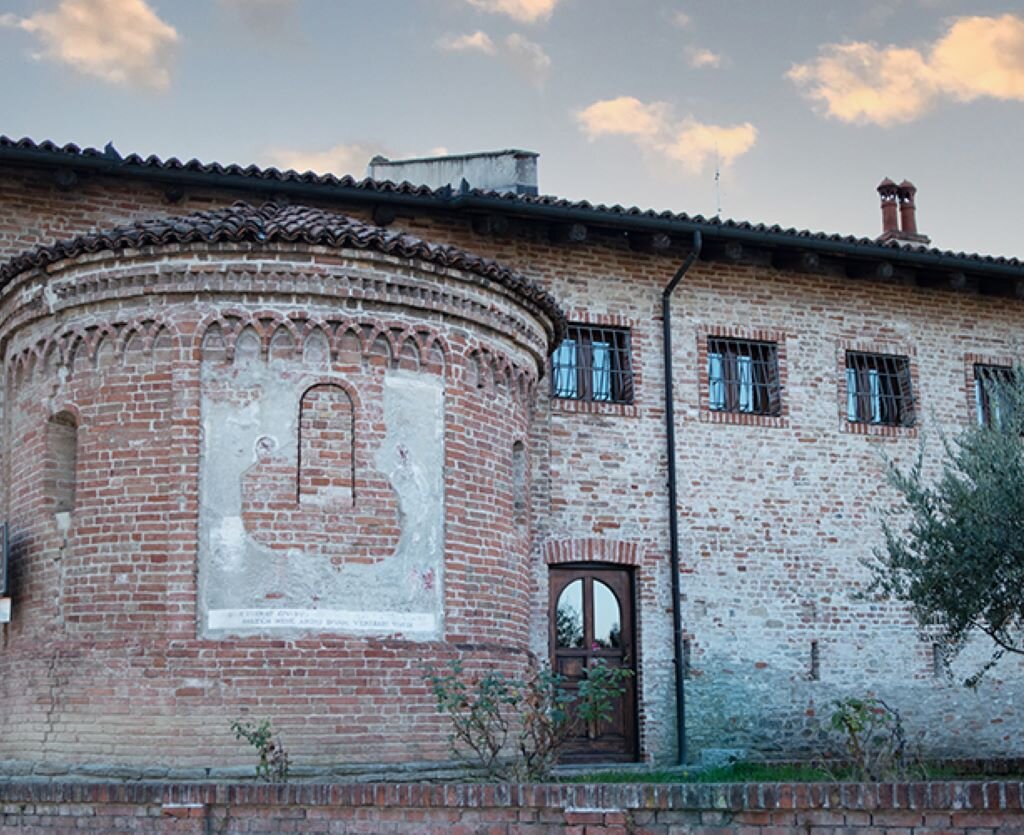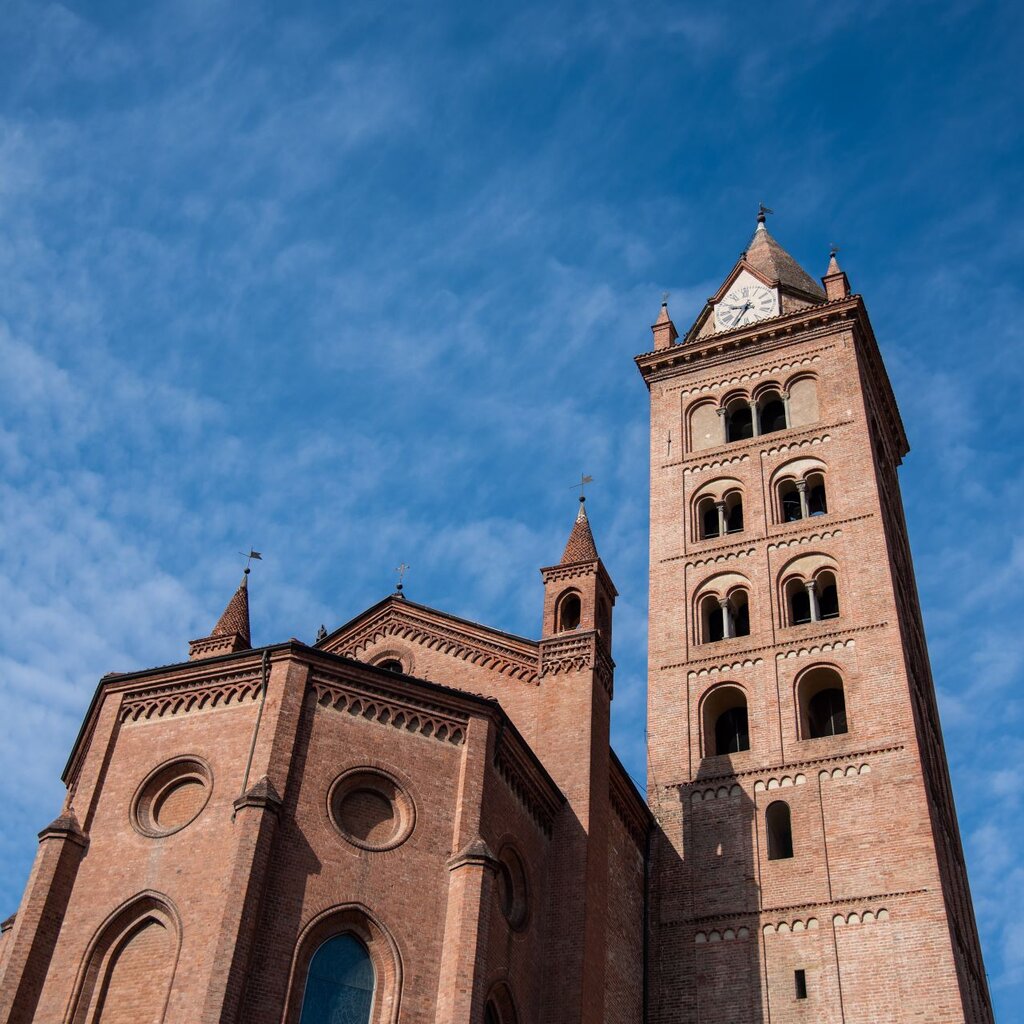Alba, i.e. a “white city”, as its name suggests, co-opted by the Romans from the Ligurian/celtic root alb=water, but so similar to the Latin albus=white (as well as whitened, auspicious, luminous, serene) from which the Italian word "alba", meaning “sunrise”, is derived. However, it is also a “red city”, with porphyry, tiles and bricks, which are so medieval and so Piedmontese.
Find out more
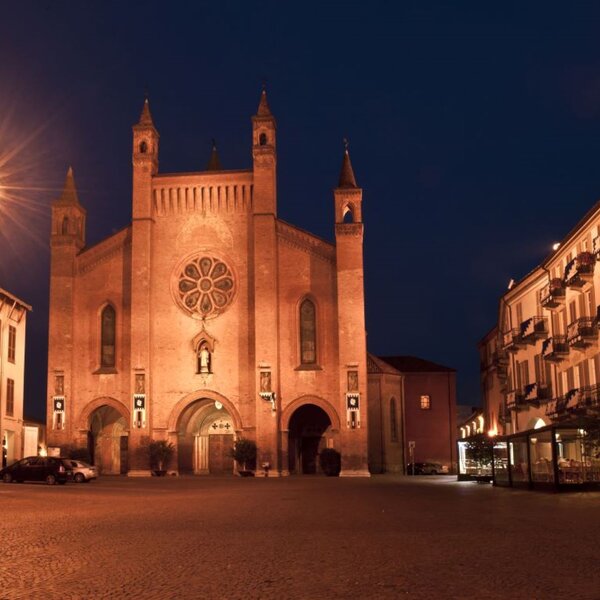
A stroll through Alba
Alba in history, a role still visible today. Despite the small size of its town centre, which is still a perfect replica of the Roman castrum (Via Vittorio Emanuele II serves as cardo and Via Cavour as decumanus), the city holds many pleasant surprises in store, starting with the memories of Alba Pompeia, the name given by the Latin conquerors to the Ligurian village they were preparing to colonize.
Find out moreBecause Alba is also white in terms of priests and nuns, with an ancient diocese that stretched over a thousand hills up to the Ligurian passes, but it is also red in terms of partisans and intellectuals: the city was awarded a gold medal for military valour, and in 1944 it freed itself and established for 23 days an ephemeral but most significant Free Republic.
Alba is red and white like its famous wines, and also red because of the raw Fassone veal and white because of the Tuber Magnatum Pico which is universally known as the Alba White Truffle, boasting a combination of senses that is second to none.
Find out more
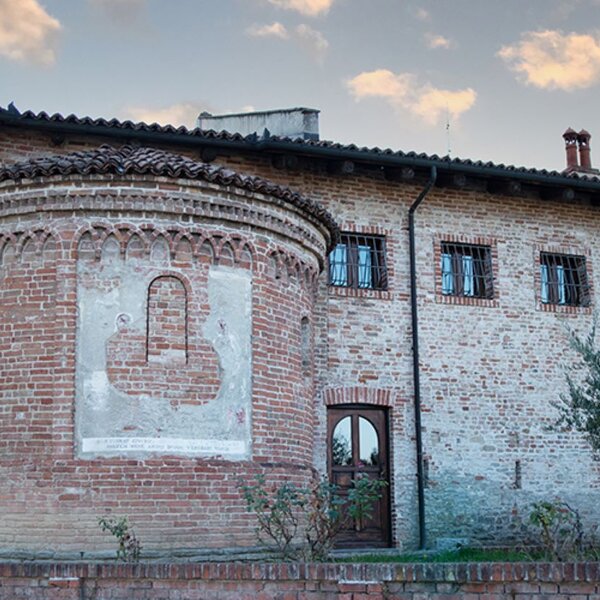
The hamlets of Alba
Just outside the old town, there is a kind of Alba that is unknown to most people because as it is outside the exquisite city boundaries. Historically, the city does not have the typical structure like the Asti’s hamlets, the “ventine, but there are some fine examples worthy of consideration. An unusual stop on the way to the Langa or Roero hills.
Find out moreAnd yet, just a hundred years ago, Alba was nothing more than a small village at the valley floor surrounded by Piedmont's poorest hills. But a truly unique generation of tenacious, ambitious and extraordinarily talented men made the miracle happen: Giacomo Morra (who in 1929 created the Truffle Fair), Michele Ferrero (the father of Nutella, the man who combined capitalism and humanity), the Miroglio brothers (four generations in the textile business, dedicated people who truly “had what it takes” and who first employed workers throughout the Langa), the Stroppiana family (the Mondo brand that you see on the athletics track at every Olympic Games), pharmacists like Luciano De Giacomi (the most beautiful Piedmontese recipe book, “Nonna Genia”, is one of his family products) and Giacomo Oddero (all the great DOC wines of the Langhe are his creations).
PLEASE NOTE: Responsibility for the maintenance and practicability of the various trails lies with the municipalities where the routes are located. The Tourist Board, therefore, cannot be held responsible for any inefficiencies, but is willingly available to collect your reports so that they can be forwarded to the authorities concerned.
